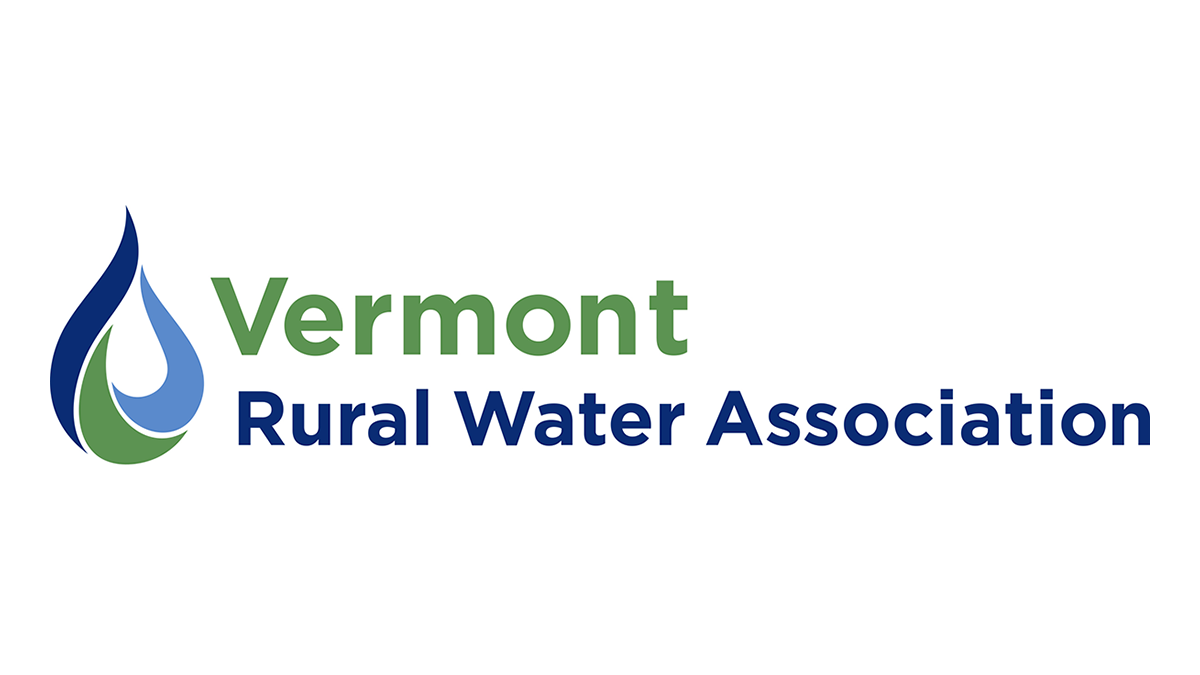by Liz Royer
This article was published in the fall 2023 issue of our newsletter.
After experiencing an emergency like this summer’s flooding, it is important to take time to update your system’s Emergency Response Plan with lessons learned and resources that may be helpful for the next emergency. It is also a good time to work with local and state leader, while the water and wastewater industry has their attention.
On a local level, water and wastewater systems should advocate to be included in emergency-
related communications, Regional Emergency Management Committees, and hazard mitigation efforts. Even municipal systems shouldn’t assume that they will automatically be included in town and regional emergency planning efforts. You will need to continually educate your local officials and legislators about your critical services, especially when there is turnover in these positions.
If you are a Fire District, a homeowners’ association, or other non-town owned entity, you will need to work even harder to educate your local and regional officials about your purpose and your needs during and after a natural disaster or other emergency.
On a statewide level, Vermont Rural Water and VT WARN will continue to educate Vermont Emergency Management and other organizations on the essential and critical nature of the water sector. We will continue pushing to include more information on water and wastewater systems and infrastructure in the State Emergency Management Plan and Hazard Mitigation Plan.
Our industry is the first line of defense in the protection of public health and the environment every day, and even more so during flooding and other disasters. While many of us prefer our work to remain behind-the-scenes, we need to capitalize on the attention that water and wastewater have received since the July flooding. Now is our chance to draw more support (and ultimately, more funding!) to replace and improve our damaged and aging infrastructure.

